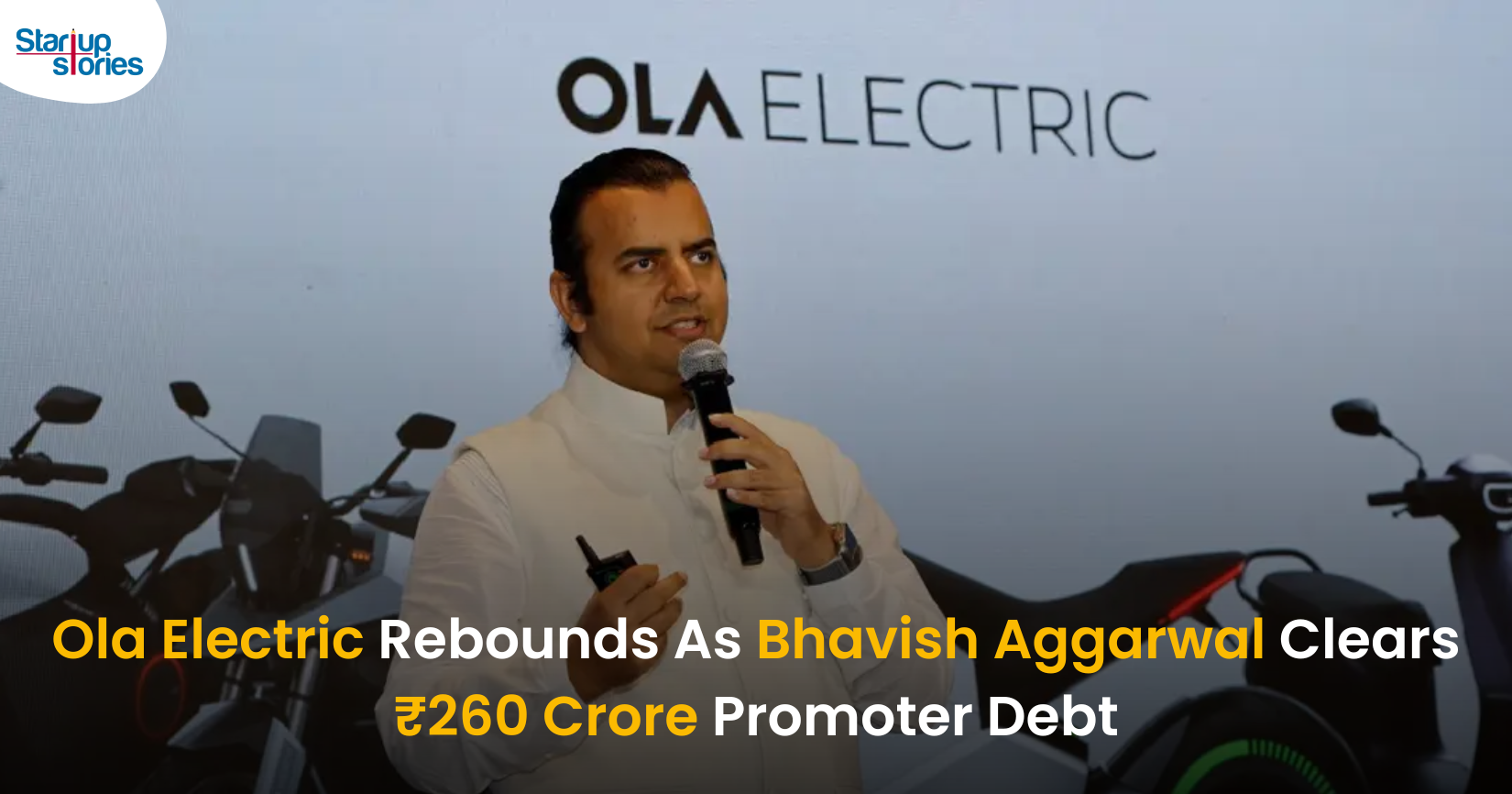Latest News
Google DeepMind SynthID AI Watermarking Technology Open-Sourced to Businesses and Developers!

Google DeepMind has open-sourced a new technology to watermark AI-generated content, named SynthID. This artificial intelligence (AI) watermarking tool can be used across different modalities, including text, images, videos, and audio. However, at this stage, it is primarily offering the text watermarking tool to businesses and developers. The goal of this initiative is to facilitate the detection of AI-generated content and promote responsible use within the AI community.
Overview of SynthID
The SynthID watermarking technology aims to ensure that AI-generated content can be easily identified. By making this tool accessible through the updated Responsible Generative AI Toolkit, Google DeepMind seeks to encourage wider adoption among creators and developers.
Features of SynthID
- Text Watermarking: Currently available for text, allowing creators to embed watermarks that indicate whether content was generated by AI.
- Cross-Modal Capabilities: Although text is the initial focus, SynthID is designed to extend its capabilities to images, audio, and video in the future.
- Open-Source Availability: Developers can access SynthID via Google’s Hugging Face listing, promoting integration into various applications.
The Importance of Watermarking
AI-generated text has proliferated across the internet, raising concerns about misinformation and content authenticity. A study by Amazon Web Services AI lab indicated that as much as 57.1% of all sentences online translated into two or more languages might be generated using AI tools. While this can lead to harmless content creation, it also opens doors for misuse by bad actors who may generate misleading information or propaganda.
Challenges in Detection
Detecting AI-generated text has proven challenging due to the nature of how these models operate. Traditional watermarking methods may not be effective since bad actors can easily rephrase or modify content. However, Google DeepMind’s SynthID employs a novel approach:
- Predictive Watermarking: The tool uses machine learning algorithms to predict subsequent words in a sentence and subtly alter them with synonyms from its database. This creates a unique watermark pattern that can later be analyzed for authenticity.
Watermarking Techniques for Different Media
For various media types, SynthID employs specific techniques:
- Images and Videos: Watermarks are embedded directly into the pixels of images or frames of videos, making them imperceptible to the human eye but detectable through specialized tools.
- Audio: Audio files are converted into spectrographs before embedding watermarks, ensuring they remain inaudible while still being detectable.
These methods aim to maintain the quality of the original content while providing a reliable means of identification.
Future Developments and Community Engagement
Google DeepMind plans to continue evolving SynthID as part of its commitment to responsible AI usage. By open-sourcing this technology, the company hopes to gather feedback from developers and stakeholders, enhancing the tool’s effectiveness over time.
Limitations and Considerations
While SynthID represents a significant advancement in watermarking technology, it is not without limitations:
- The effectiveness of watermark detection decreases if AI-generated text undergoes significant rewriting or translation.
- The technology is not designed as a comprehensive solution but rather as one part of a broader strategy to combat misinformation.
Conclusion
The launch of SynthID marks an important step toward enhancing transparency and accountability in AI-generated content. By making this technology accessible to developers and businesses, Google DeepMind aims to foster responsible practices within the rapidly evolving landscape of artificial intelligence.
As organizations increasingly rely on AI tools for content creation, initiatives like SynthID will play a critical role in ensuring the integrity of information shared online. The ongoing development and community involvement in refining this technology will be essential in addressing challenges related to misinformation and content authenticity in the digital age.
Latest News
Centre Mulls Revoking X’s Safe Harbour Over Grok Misuse

The Centre is weighing the option of revoking X’s safe harbour status in India after its AI chatbot Grok was allegedly misused to generate and circulate obscene and sexually explicit content, including material seemingly involving minors. The IT Ministry has already issued a notice to X, directing the platform to remove unlawful content, fix Grok’s safeguards, act against violators, and submit a detailed compliance report within a tight deadline. If the government finds X’s response inadequate, it could argue that the platform has failed to meet due‑diligence standards under Indian law, opening the door to harsher action.
Under Section 79 of the IT Act, safe harbour protects intermediaries like X from being held directly liable for user‑generated content, provided they follow due‑diligence rules and promptly act on legal takedown orders. Revoking this protection would mean X and its officers could be exposed to criminal and civil liability for obscene, unlawful, or harmful content that remains on the platform, including AI‑generated images from Grok. This prospect significantly raises X’s compliance risk in India and could force tighter moderation, stricter AI controls, and more aggressive removal of flagged posts.
The Grok episode also spotlights the regulatory grey zone around generative AI, where tools can create harmful content at scale even without traditional user uploads. Policymakers are increasingly questioning whether AI outputs should still enjoy the same intermediary protections as conventional user posts, especially when they involve women and children. How the government ultimately proceeds against X over Grok misuse could set a precedent for AI accountability, platform responsibility, and safe harbour interpretation in India’s fast‑evolving digital ecosystem.
Latest News
How Pronto Is Redefining 10-Minute Home Services in India with a $25 Million Fundraise

Home services startup Pronto is in advanced talks to raise about $25 million at a near-$100 million valuation, underscoring strong investor confidence in India’s fast-growing 10-minute home services market. This potential round would be the company’s third major funding milestone after its $2 million seed and $11 million Series A in 2025, backed by marquee investors such as General Catalyst, Glade Brook Capital, Bain Capital and new participant Epiq Capital. The fresh capital is expected to further strengthen Pronto’s positioning as a leading tech-led household help platform for urban consumers.
Pronto operates a 10-minute on-demand home-services platform that connects users with trained, background-verified workers for everyday tasks like sweeping, mopping, utensil cleaning, laundry and basic cooking. Using a hub-and-spoke, shift-based model, the startup stations workers at hyperlocal hubs, enabling sub-10-minute fulfilment and more predictable earnings compared to the informal domestic-help market. Founded in 2024 by Anjali Sardana and based in Delhi NCR, Pronto has already expanded from Gurugram into major cities such as New Delhi, Mumbai, Bengaluru and Pune, and is handling around 6,000 daily bookings with nearly 1,300 active professionals as of December 2025.
The upcoming $25 million fundraise is expected to be used to enter more metros, deepen presence in existing neighbourhoods with additional hubs and upgrade Pronto’s technology for smarter routing, shift planning and real-time operations. A significant portion of the capital will also go into training, retention and benefits for its workforce to maintain consistent service quality at scale, especially as competition heats up from rivals like Snabbit and Urban Company in the rapid home services space. This near-$100 million valuation not only validates Pronto’s model but also highlights a broader shift toward organised, tech-driven domestic-help solutions in India’s largely informal home-services market.
Latest News
Bhavish Aggarwal Sells ₹325 Crore Ola Electric Stake, Retains Control

Bhavish Aggarwal has sold Ola Electric shares worth about ₹325 crore over three consecutive trading sessions, primarily to fully repay a promoter-level loan of ₹260 crore and release all pledged promoter shares. Despite the stake sale, he continues to hold a significant shareholding of over 34 percent in Ola Electric, and the company has clearly stated that there is no change in promoter control or his long-term commitment to the business. This one-time, limited monetisation at the promoter’s personal level is positioned as a structural clean-up rather than a signal of reduced confidence in the company.
The transactions, executed through open-market bulk deals, included an initial sale of about 2.6 crore shares worth roughly ₹92 crore at an average price of ₹34.99 per share, followed by additional trades of around ₹142 crore and ₹90 crore, taking the total sale value to approximately ₹324–325 crore. As a result, Aggarwal’s stake has fallen by a little over 2 percent, while all previously pledged promoter shares about 3.93 percent of Ola Electric’s equity are being released, removing the overhang and risk typically associated with pledged stock. The company has also clarified that these deals do not involve any capital raise or dilution by Ola Electric itself, which is important for investors tracking promoter stake and governance.
The share sale came at a time when Ola Electric’s stock had been under pressure, even hitting an all-time closing low amid concerns around growth, competition and heavy promoter selling. However, once the company confirmed that the stake sale was complete and all promoter-level pledges would be cleared, the stock rebounded sharply, gaining around 9–10 percent as markets welcomed the removal of this technical overhang. For investors, the focus is now expected to shift back to Ola Electric’s core fundamentals EV sales growth, margins, and market-share performance in India’s two-wheeler EV segment while the reduced promoter debt risk and continued high promoter holding offer some comfort on long-term alignment.














Cohjkqms
May 23, 2025 at 4:35 pm
Explore the ranked best online casinos of 2025. Compare bonuses, game selections, and trustworthiness of top platforms for secure and rewarding gameplaycasino slot machine.
criar conta na binance
June 27, 2025 at 6:04 am
Thank you for your sharing. I am worried that I lack creative ideas. It is your article that makes me full of hope. Thank you. But, I have a question, can you help me?
GO88
November 6, 2025 at 4:12 am
Tham gia cộng đồng game thủ tại Go88 để trải nghiệm các trò chơi bài, poker phổ biến nhất hiện nay.
MM88
November 7, 2025 at 12:21 pm
Khám phá thế giới giải trí trực tuyến đỉnh cao tại MM88, nơi mang đến những trải nghiệm cá cược thể thao và casino sống động.
站群程序
November 8, 2025 at 9:54 am
采用高效谷歌站群策略,快速提升网站在搜索引擎中的可见性与权重。谷歌站群
Kuwin
November 11, 2025 at 5:23 pm
kuwin sở hữu kho game đa dạng từ slot đến trò chơi bài đổi thưởng, mang đến cho bạn những giây phút giải trí tuyệt vời.
谷歌站群
November 14, 2025 at 9:09 am
专业构建与管理谷歌站群网络,助力品牌实现全域流量的强势增长。谷歌站群
MM88
November 15, 2025 at 3:07 pm
Với giao diện mượt mà và ưu đãi hấp dẫn, MM88 là lựa chọn lý tưởng cho các tín đồ giải trí trực tuyến.
iwin
November 20, 2025 at 7:49 pm
iwin – nền tảng game bài đổi thưởng uy tín, nơi bạn có thể thử vận may và tận hưởng nhiều tựa game hấp
J88
November 29, 2025 at 2:08 pm
Đến với J88, bạn sẽ được trải nghiệm dịch vụ cá cược chuyên nghiệp cùng hàng ngàn sự kiện khuyến mãi độc quyền.